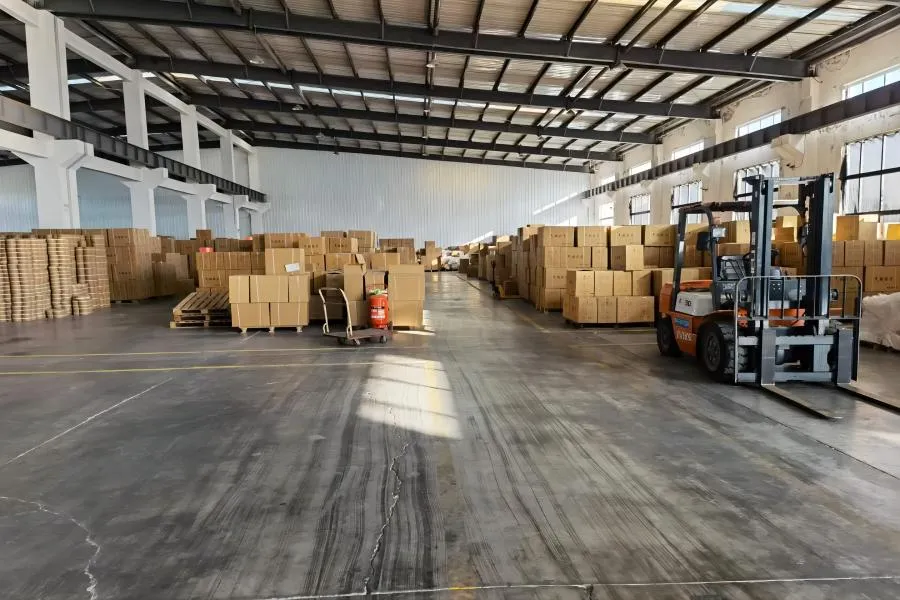pvc lay flat hose
Understanding PVC Lay Flat Hose A Comprehensive Guide
PVC lay flat hose has emerged as a popular choice for various applications in agriculture, construction, and industrial sectors. This flexible and lightweight hose is designed for easy handling and transport, making it an essential tool for water transfer and discharge.
What is PVC Lay Flat Hose?
PVC lay flat hose is a flat, flexible tubing made primarily from polyvinyl chloride (PVC), which is reinforced with high-strength polyester yarn. This combination of materials gives the hose its unique characteristics, including durability, resistance to abrasion, and the ability to withstand harsh environmental conditions. Unlike traditional hoses, lay flat hoses can be easily rolled up and stored when not in use, making them convenient for transportation and storage.
Key Features and Benefits
One of the main advantages of PVC lay flat hoses is their lightweight nature. This feature allows for easy handling, which is particularly beneficial in applications where hoses need to be moved frequently. Additionally, their flat form factor not only saves space but also minimizes the risk of kinks or tangles that can lead to performance issues.
Another significant benefit is their resistance to chemicals and environmental factors. PVC lay flat hoses are resistant to a wide range of chemicals, making them suitable for numerous applications, from agricultural irrigation to industrial water transfer. They can withstand UV rays and extreme weather conditions without degrading, ensuring a long lifespan.
Moreover, these hoses are designed for high flow rates, making them ideal for pumping applications. The smooth interior reduces friction, allowing for efficient water flow. Whether for irrigation, drainage, or construction site dewatering, the performance of PVC lay flat hoses is exceptional.
Applications of PVC Lay Flat Hose
pvc lay flat hose

PVC lay flat hoses are versatile and can be used in various settings. In agriculture, they are widely used for irrigation purposes, allowing farmers to transfer water efficiently across their fields. Their ability to withstand different pressures makes them suitable for both surface and subsurface irrigation systems.
In the construction industry, lay flat hoses play a crucial role in dewatering sites. They can effectively remove water from excavated areas, ensuring that workers can operate in dry conditions. Their durability ensures that they can handle the rigors of construction without frequent replacements.
Additionally, these hoses are ideal for firefighting purposes. They are often used to transfer water from hydrants or other sources to firefighting equipment. Their ability to handle high-pressure applications makes them an essential component of firefighting strategies.
Choosing the Right PVC Lay Flat Hose
When selecting a PVC lay flat hose, there are several factors to consider. First, you need to determine the diameter and length required for your application. The diameter will depend on the flow rate needed, while the length should be sufficient to cover the distance between the water source and the target area.
You should also consider the pressure rating of the hose, especially if you plan to use it for high-pressure applications. Different hoses have varying pressure ratings, and choosing one that meets your requirements is essential for optimal performance.
Lastly, ensure that you select a hose that is resistant to the specific chemicals and environmental conditions it will be exposed to. This consideration will help extend the life of the hose and reduce maintenance costs over time.
Conclusion
PVC lay flat hose is a valuable tool across various industries due to its convenience, durability, and efficiency. Understanding its features, benefits, and applications can help users make informed choices, ensuring they select the right hose for their specific needs. Whether used in agriculture, construction, or firefighting, PVC lay flat hoses continue to be an indispensable asset in water transfer and management tasks.
-
Top Quality Oxy Acetylene Hoses for Sale Fit for Welding DemandsNewsJul.28,2025
-
The Future of Pneumatic Air Tubes in IndustryNewsJul.28,2025
-
Superior and Reliable LPG Hose Pipe Solutions for Every NeedNewsJul.28,2025
-
Exceptionally Durable and Versatile Premium Braided PVC TubingNewsJul.28,2025
-
Best Adapters for Connecting Garden Hose to PVC Pipe ConnectionsNewsJul.28,2025
-
The Essential Role of LPG Hoses in Safe and Efficient Gas DistributionNewsJul.16,2025














